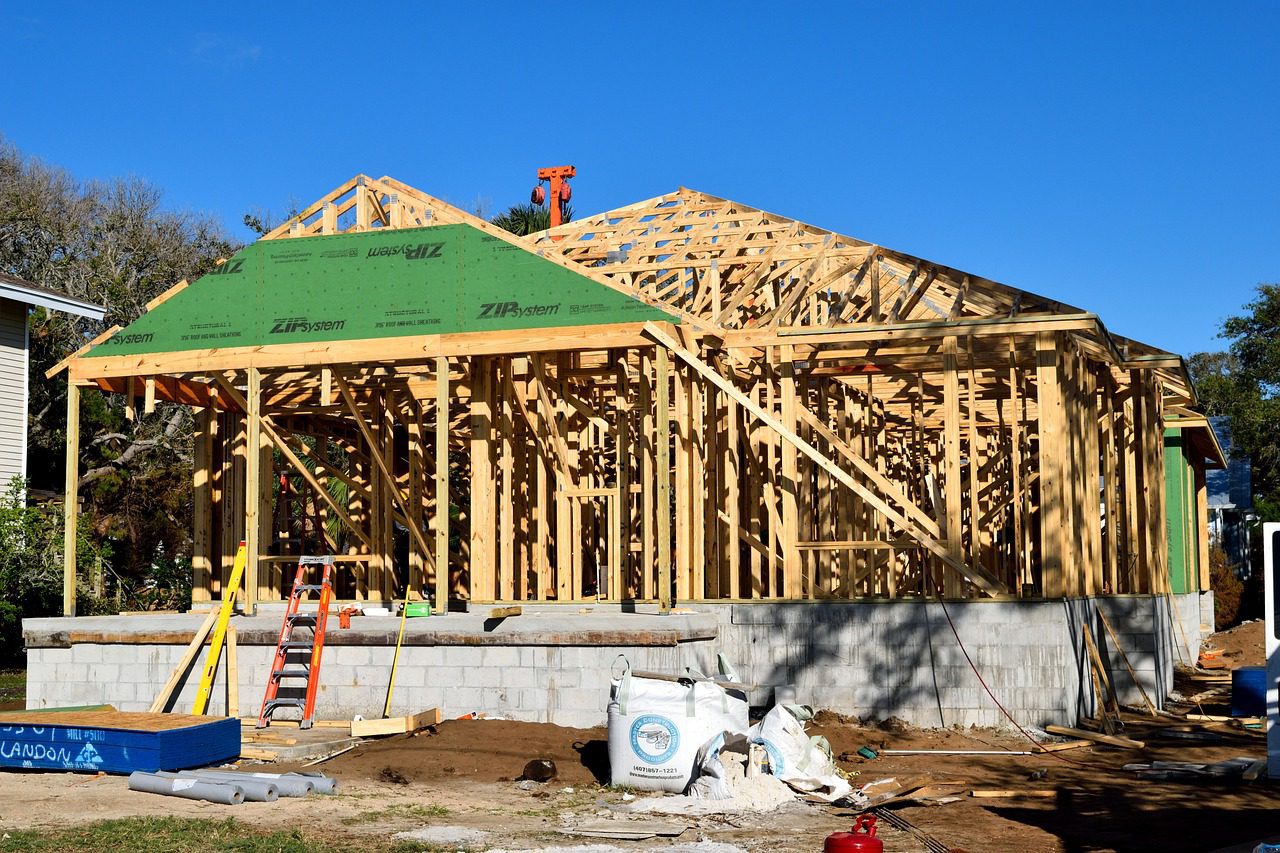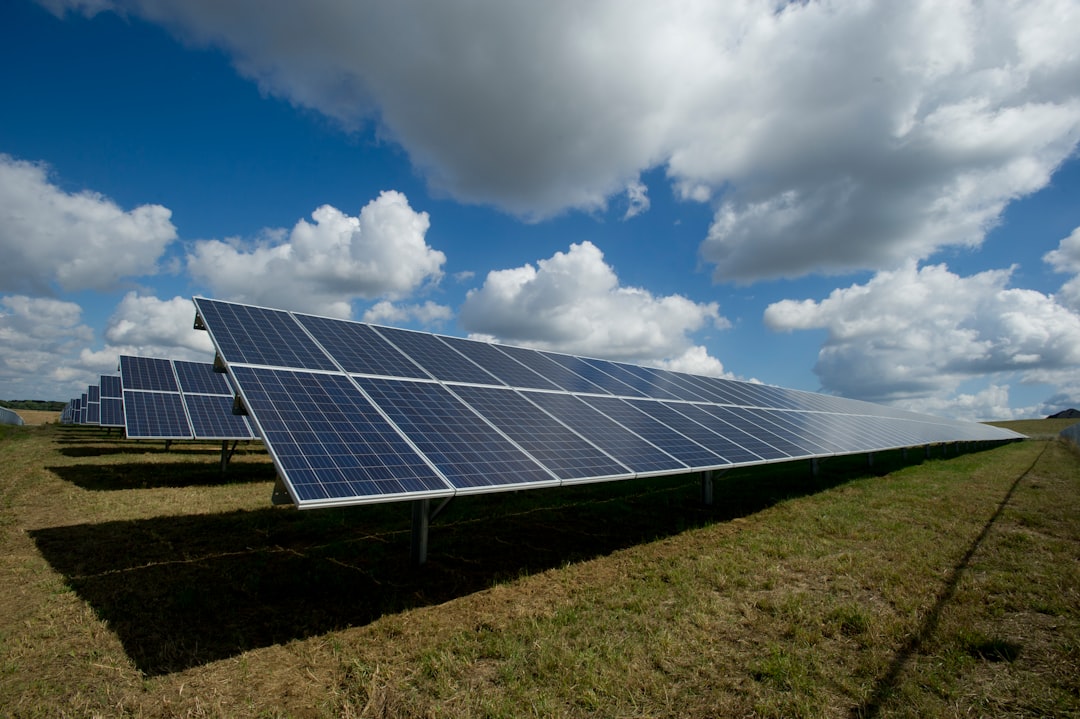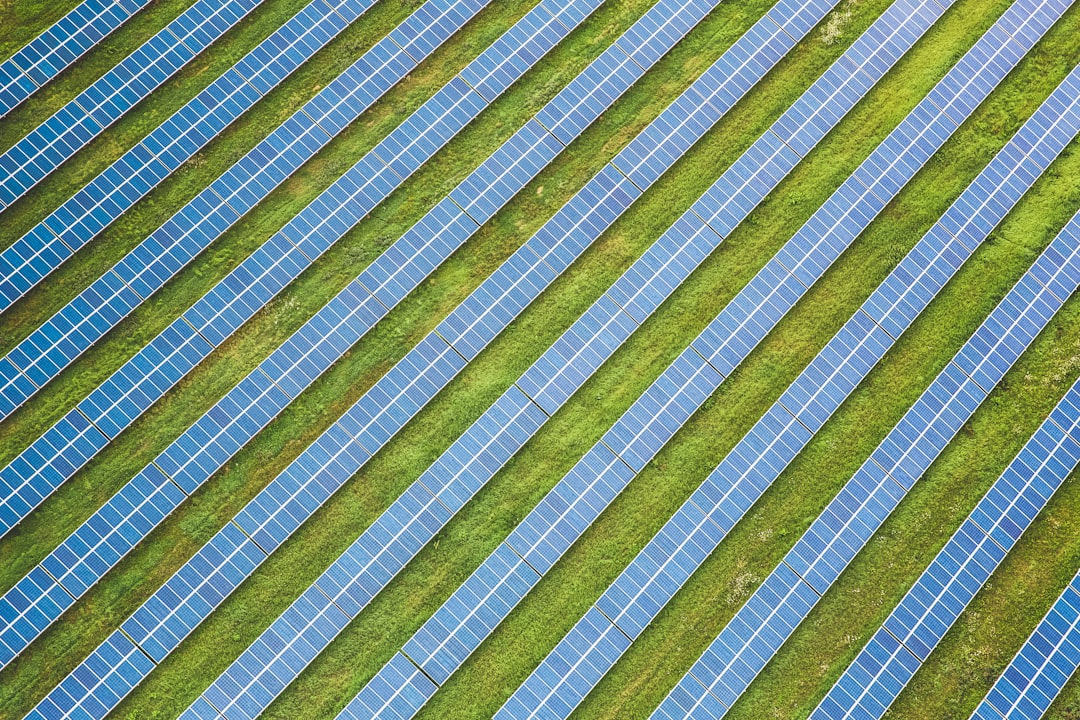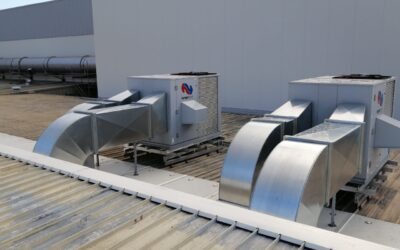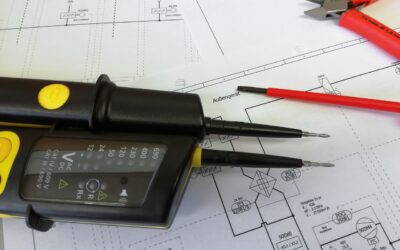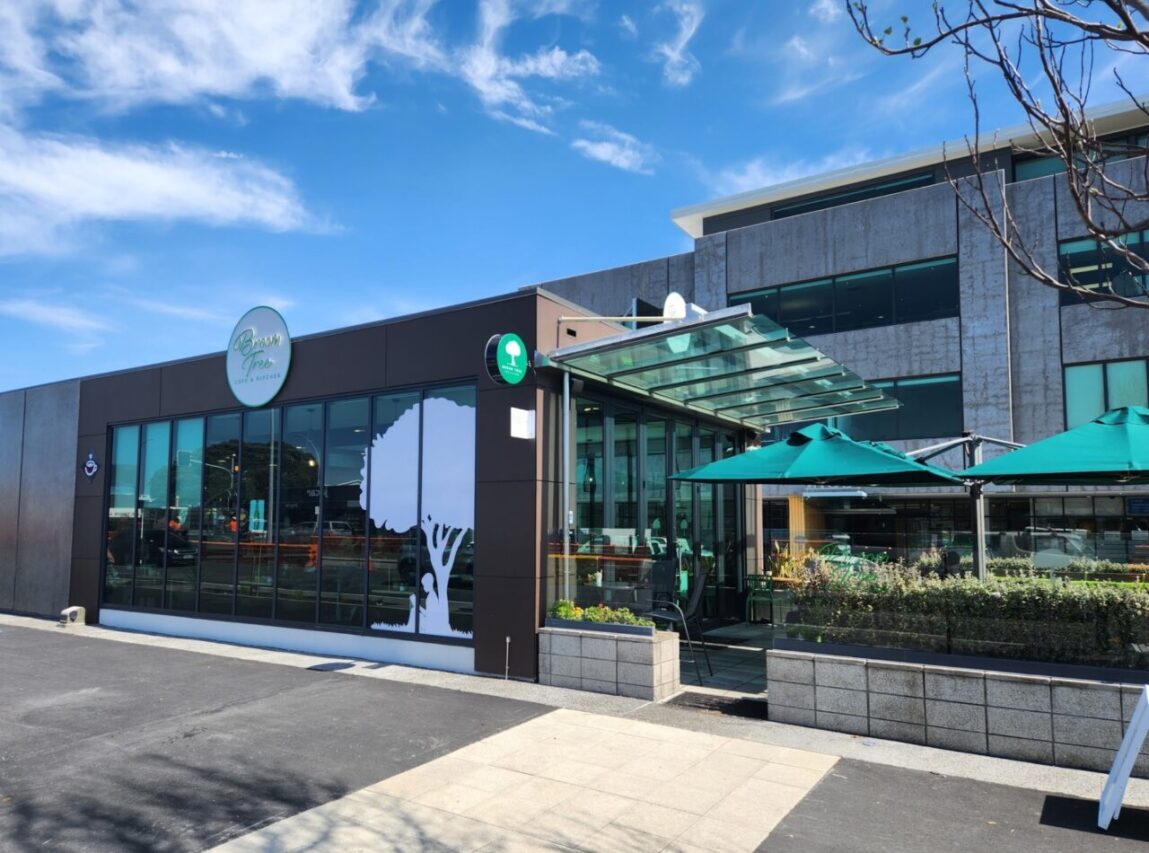Empower Your Build: The Essential Guide to Solar Power Integration in New Zealand Construction
This article discusses the importance of preparing new builds for solar integration in New Zealand, including the benefits of sustainable building practices and renewable energy infrastructure, different types of solar power systems, and the financial incentives available for homeowners and builders.
In New Zealand, preparing new builds for solar power integration through sustainable building practices and renewable energy infrastructure is crucial for several reasons. Firstly, it contributes to meeting government targets for renewable energy, which is a necessity for a sustainable future. Additionally, it allows property owners to take advantage of the environmental and financial benefits of solar power, ensuring that new properties are future-proofed for solar readiness.
Moreover, integrating solar technology into new construction projects not only promotes environmental sustainability but also enhances the overall value of the property. Research shows that solar power can make properties more in tune with nature and significantly increase their market value, providing a compelling incentive for property owners to invest in solar integration from the outset. Furthermore, by incorporating solar technology during the construction phase, builders can establish expertise in this rapidly growing field, giving them a competitive advantage and attracting environmentally conscious clients who value sustainable building practices. This proactive approach positions new builds as environmentally responsible and energy-efficient, appealing to a growing market of eco-conscious homebuyers and businesses looking to reduce their carbon footprint and energy costs. For example, Hiko Electrical in Papamoa has successfully ventured into solar power under the name Hiko Solar, offering grid-tied, hybrid grid-tied, and off-grid solar power systems, and enabling homeowners to enjoy 30-45% off their electricity usage, thereby enhancing their overall financial well-being while also aligning with sustainable practices.
Sustainable building practices future-proof properties for solar readiness by ensuring that they are well-equipped to harness the power of solar energy for years to come. This not only contributes to environmental conservation but also positions properties for long-term cost savings and energy independence. The integration of grid-tied, hybrid grid-tied, or off-grid solar power systems can significantly reduce electricity usage, with grid-tied systems alone offering 30-45% off the electricity bill.
Types of Solar Power Systems
When preparing a new build for solar power integration, it’s crucial to consider the different types of solar power systems available. One of the most common types is the grid-tied system, which is directly connected to the local utility grid. This system allows homeowners to use solar energy when the sun is shining and seamlessly switch to the grid during periods of low sunlight. Grid-tied systems can provide significant electricity savings, with estimates suggesting they can cover 30-45% of a household’s electricity usage.
Another option to consider is the hybrid grid-tied system, which combines the features of grid-tied and off-grid systems. This setup offers the flexibility of utilizing solar power and battery storage while still having the grid as a backup. It’s an ideal solution for homeowners who want to maintain some level of independence from the grid while ensuring a reliable power supply.
For properties in remote areas or homeowners seeking complete energy independence, the off-grid system is a suitable choice. Off-grid systems operate independently of the utility grid, using a combination of solar panels, batteries, and backup generators to meet all of the property’s energy needs. While this system requires a higher initial investment, it provides complete autonomy and sustainability.
Understanding the characteristics and advantages of each solar power system is crucial for homeowners and builders to make informed decisions about the most suitable option for their new build. It’s also important to consider the initial investment required for solar power integration in new builds, with the cost varying depending on the size of the system and the specific requirements of the property. By carefully evaluating these factors, homeowners and builders can effectively plan for a seamless and efficient solar power integration process. For instance, Hiko Solar offers grid-tied, hybrid grid-tied, and off-grid solar power systems, providing homeowners with a range of options to meet their specific energy needs and sustainability goals.
Benefits of Incorporating Solar Technology into New Construction
The benefits of incorporating solar technology into new construction projects are multifaceted and far-reaching. Not only does it offer environmental advantages by significantly reducing the carbon footprint, but it also contributes to sustainable development and eco-friendly building design. Through the utilization of solar power, new builds can minimize their reliance on non-renewable energy sources, thereby playing a vital role in meeting government targets for renewable energy in New Zealand.
Moreover, the financial advantages of integrating solar technology into new construction projects cannot be overstated. Homeowners can experience substantial savings through decreased energy costs, providing a strong incentive for the adoption of solar power systems. Furthermore, the installation of solar panels can increase property value, investing in solar technology a financially rewarding decision for homeowners in the long run. An excellent example of this is the experience of Hiko Electrical in Tauranga, which has successfully ventured into solar power under the name Hiko Solar. By providing grid-tied, hybrid grid-tied, and off-grid solar power systems, Hiko Solar has enabled homeowners to enjoy 30-45% off their electricity usage, thereby enhancing their overall financial well-being while also aligning with sustainable practices.
In addition to financial and environmental benefits, the integration of solar technology into new construction projects also contributes to job creation and economic growth. The renewable energy sector, including solar power, has been a significant source of job opportunities, employing installation, maintenance, and related services. By embracing solar infrastructure planning, new construction projects not only contribute to environmental sustainability but also strengthen the local economy through the creation of new employment opportunities. For example, solar technology has become a great option for builders to consider during new construction, as it not only aligns with sustainable building practices but also stimulates economic growth by creating job opportunities and providing cheaper energy.
Building Regulations and Green Building Standards for Solar-Ready Construction
In New Zealand, building regulations and green building standards play a pivotal role in ensuring that new construction projects are equipped for solar power integration. These regulations and standards are designed to promote sustainable and environmentally friendly building practices, making them crucial for effective solar infrastructure planning. By adhering to these standards, builders and homeowners can ensure that the integration of solar technology in new builds meets the requirements for sustainability and environmental impact. This includes considerations for factors such as energy efficiency, material sustainability, and waste reduction throughout the construction process.
For example, the Green Building Council of New Zealand has established the Green Star rating system, which evaluates the sustainability of buildings and communities across various categories, including energy, emissions, and materials. By incorporating solar technology into new construction projects, builders can work towards achieving higher Green Star ratings, demonstrating their commitment to environmentally responsible building practices and meeting the evolving standards for sustainable development.
Furthermore, compliance with these regulations and standards not only benefits the environment but also aligns with the country’s commitment to renewable energy and eco-friendly practices. As New Zealand continues to emphasize the importance of transitioning towards sustainable energy sources, ensuring that new builds are solar-ready becomes essential for supporting the nation’s renewable energy targets. By integrating solar technology into new construction projects by these regulations and standards, builders and homeowners actively contribute to the collective effort to advance New Zealand’s renewable energy agenda. For instance, SunCommon offers a range of solar installation options, including classic roof or ground solar arrays and the timber-framed Solar Canopy, each paired with an energy storage system. They provide detailed guidelines on optimizing solar production and ensuring structural support for solar panels during the construction process, ensuring compliance with building regulations and green building standards [4].
Financial Incentives for Homeowners and Builders
There are numerous financial incentives available for homeowners who choose to install solar power systems in new constructions. These incentives are designed to encourage sustainable energy usage and to alleviate the initial cost of investing in solar power integration. For instance, in New Zealand, homeowners can take advantage of government rebates, feed-in tariffs, and tax credits, all of which contribute to making solar power more accessible and affordable for new builds. By utilizing these incentives, homeowners can significantly reduce their upfront costs and enjoy long-term savings on their electricity bills, making the switch to solar power an economically viable choice.
For builders, integrating solar panels into new builds also offers a range of financial advantages. Not only does this practice attract environmentally conscious customers who understand the long-term benefits of solar energy, but it also opens up additional revenue streams for builders. By leasing solar equipment to homeowners, builders can create a consistent income stream while providing added value to their properties. Moreover, establishing expertise in solar and related systems can give builders a competitive edge in the market, appealing to a growing demographic of homeowners seeking sustainable and energy-efficient solutions.
These financial incentives not only benefit homeowners and builders but also contribute to the overall growth of sustainable energy usage in New Zealand. By making solar power more financially accessible, these incentives play a crucial role in accelerating the adoption of renewable energy and reducing the carbon footprint of new constructions. Through a combination of government support and forward-thinking building practices, new builds can become more environmentally friendly and cost-effective, ultimately contributing to a brighter and more sustainable future for New Zealand. For example, EnergySage provides objective and deeply researched information to help with home electrification and financial decisions.
Key Considerations for Solar-Ready Construction
When preparing a new build for solar power integration, several key considerations should be taken into account. Factors such as ideal roof conditions, solar-friendly materials, and ensuring structural support for solar panels during the construction process are essential. These considerations are vital for optimizing solar production and ensuring the long-term effectiveness of the solar infrastructure.
When it comes to ideal roof conditions, the orientation and angle of the roof play a crucial role in maximizing solar energy capture. An ideal roof for solar installation should have a large surface facing south, southeast, or southwest to receive the maximum sunlight exposure throughout the day. Additionally, the roof pitch is a significant factor, with a pitch between 30 to 35 degrees recommended for optimal solar production. It’s important to consider any potential obstructions like chimneys, vent pipes, dormers, or skylights that could cast a shadow and limit the available space for solar panels. This is why careful planning and evaluation of the roof’s layout and features are essential to ensure unobstructed sunlight exposure for the solar system to operate efficiently.
Moreover, the choice of solar-friendly materials is critical to the success of solar-ready construction. For instance, builders should consider using metal or asphalt shingle roofing, as they are compatible with solar panel installations and provide the necessary structural support for the panels. These materials are not only durable but also provide a suitable base for mounting the solar panels, thereby contributing to the long-term reliability and performance of the solar power system. Ensuring that the roof materials align with the requirements for solar installation is fundamental in creating a sustainable and efficient solar-ready new build. For instance, SunCommon provides detailed guidelines on the ideal roof conditions for solar installation, recommending a south-facing roof pitch between 30 to 35 degrees, and specifying the types of roofs that are suitable for solar panel installation, ensuring that the structural aspects of solar-ready construction are well-addressed.
Role of Solar Power in Meeting Government Targets
New Zealand has set ambitious targets for renewable energy, and solar power is poised to play a crucial role in meeting these objectives. With the government’s commitment to transitioning towards sustainable energy sources, integrating solar power into new builds is more important than ever. By harnessing the power of the sun, homeowners and builders can actively contribute to the country’s renewable energy targets, thereby ensuring a greener and more sustainable future for New Zealand.
For instance, the New Zealand government has set specific renewable energy targets to reduce carbon emissions and combat climate change. By integrating solar technology into new construction projects, homeowners and builders directly support these targets, making a significant impact on the country’s overall renewable energy capacity. This not only benefits the environment but also aligns with the government’s vision for a cleaner and more sustainable energy landscape. For example, Hiko Solar’s successful venture into solar power not only provides homeowners with significant electricity savings but also contributes to the broader goal of meeting government targets for renewable energy, positioning it as a sustainable and eco-friendly long-term solution.
In conclusion, solar power integration in new builds is not just a personal choice but also a collective contribution towards achieving the government’s renewable energy targets. By embracing solar technology, individuals and businesses can actively support the country’s commitment to a more sustainable and eco-friendly future, while also reaping the benefits of renewable energy for their properties. To further explore how Hiko Solar Solutions can assist in this endeavour, readers are encouraged to visit their website at https://www.hikosolar.co.nz/. Hiko Solar Solutions offers expertise in providing efficient and reliable commercial solar power installations, which not only reduce costs but also contribute to lowering the carbon footprint in new construction projects, aligning with the broader goals of sustainability and environmental responsibility.
Commercial and Residential Advantages of Solar Infrastructure Planning
The long-term economic and environmental benefits of solar infrastructure planning for commercial and residential properties are significant and multifaceted. When embracing solar technology in new construction projects, property owners can experience a wide range of advantages that contribute to their financial and environmental well-being.
From a financial perspective, the integration of solar technology in new builds leads to reduced energy costs for property owners. By harnessing the power of the sun, property owners can significantly lower their reliance on traditional energy sources, resulting in substantial savings on electricity bills. Grid-tied solar power systems can provide 30-45% off electricity usage, making it a financially attractive proposition for both commercial and residential properties. Moreover, the initial investment for a basic residential system starts at around $6000, which is a reasonable cost considering the long-term energy savings and potential increase in property value. For instance, Hiko Solar’s successful venture into solar power not only provides homeowners with significant electricity savings but also contributes to the broader goal of meeting government targets for renewable energy, positioning it as a sustainable and eco-friendly long-term solution.
In addition to financial benefits, embracing solar infrastructure planning also contributes to increased property value. Studies have shown that homes equipped with solar panels tend to have higher property values, making them more attractive to potential buyers. The integration of solar technology makes properties more energy-efficient and environmentally friendly, which appeals to modern homebuyers looking for sustainable and cost-effective options. Furthermore, the eco-friendly reputation of solar-powered properties aligns with the growing societal focus on environmental sustainability, positioning them as desirable investments in the real estate market. For example, Hiko’s range of solar installation options, including classic roof or ground solar arrays and the timber-framed Solar Canopy, each paired with an energy storage system, provides property owners with comprehensive solutions to enhance both the financial and environmental aspects of solar infrastructure planning.
By embracing solar infrastructure planning, property owners not only enjoy reduced energy costs and increased property value but also play a pivotal role in advancing environmental sustainability. The use of renewable energy sources like solar power reduces carbon emissions and decreases the reliance on non-renewable energy, thereby contributing to a greener and more sustainable future. This approach to sustainable development and eco-friendly building design offers numerous advantages for both commercial and residential properties, aligning them with the global movement towards environmental consciousness and responsible energy consumption. For example, SolarClue’s insights into the benefits of solar technology installation for builders provide valuable information on the economic and environmental advantages of embracing solar infrastructure planning for new construction projects, reinforcing the significance of sustainable energy solutions.
In conclusion, the integration of solar technology in new builds presents significant economic and environmental advantages for property owners, positioning them as forward-thinkers in sustainable development and environmental stewardship. To explore how Hiko Solar Solutions can assist in leveraging these benefits for your new construction projects, visit their website at Hiko Solar Solutions.
How Hiko Solar Solutions Can Help
Hiko Electrical Solar Solutions is a leading provider of efficient and reliable commercial solar power installations, offering expertise in sustainable energy solutions for new construction projects. By incorporating Hiko Solar’s solutions, property owners can benefit from reduced energy costs and contribute to lowering their carbon footprint, thereby aligning with sustainable building practices and government targets for renewable energy in New Zealand.
For instance, Hiko Solar Solutions has successfully assisted commercial property developers in integrating solar technology into their new builds, resulting in significant long-term energy savings and environmental benefits. By harnessing solar power, these developers have not only reduced their reliance on traditional energy sources but have also demonstrated their commitment to sustainable and eco-friendly building practices, consequently increasing the appeal and value of their properties. Additionally, Hiko Solar Solutions’ expertise in providing efficient and reliable commercial solar power installations has been instrumental in supporting sustainable energy solutions for new construction projects, aligning with the broader goals of environmental responsibility and energy efficiency.
To learn more about how Hiko Solar Solutions can support new construction projects with solar power integration and sustainable energy solutions, individuals can explore their comprehensive offerings and expert guidance at Hiko Solar Solutions.
Conclusion and Call to Action
In conclusion, the importance of preparing new builds for solar power integration cannot be overstated, especially in the context of sustainable building practices and renewable energy infrastructure in Australia. By integrating solar technology into new construction projects, builders and homeowners can reap a multitude of benefits, both in the short and long term. These benefits include reduced electricity costs, increased property value, and a reduced carbon footprint, aligning with the broader goal of meeting government targets for renewable energy.
Moreover, sustainable building practices future-proof properties for solar readiness by ensuring that they are well-equipped to harness the power of solar energy for years to come. This not only contributes to environmental conservation but also positions properties for long-term cost savings and energy independence. The integration of grid-tied, hybrid grid-tied, or off-grid solar power systems can significantly reduce electricity usage, with grid-tied systems alone offering 30-45% off the electricity bill.
Given these compelling advantages, both builders and homeowners in Australia must consider solar infrastructure planning as an integral part of new construction. To further explore how Hiko Solar Solutions can assist in this endeavour, readers are encouraged to visit their website. Hiko Solar Solutions offers expertise in providing efficient and reliable commercial solar power installations, which not only reduce costs but also contribute to lowering the carbon footprint in new construction projects, aligning with the broader goals of sustainability and environmental responsibility.
